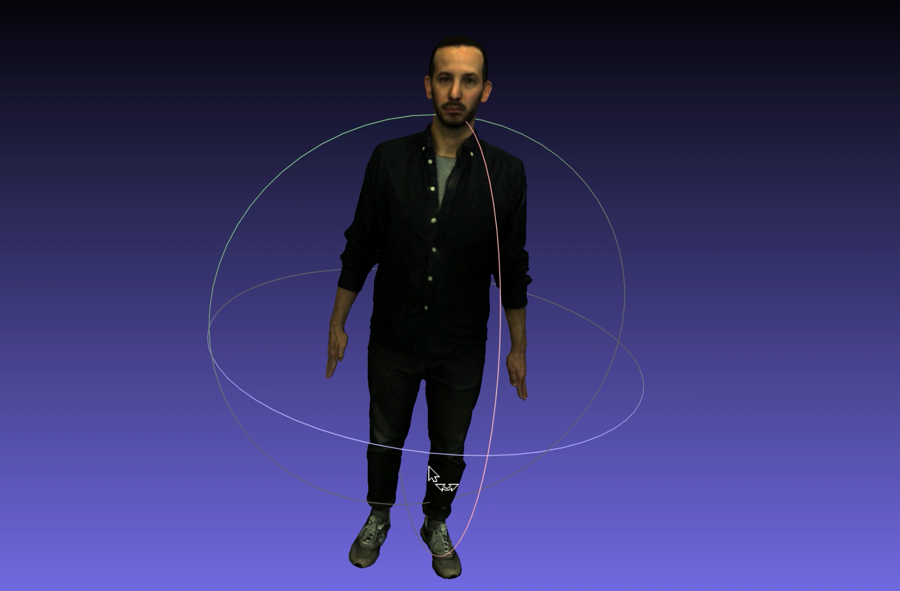Abstract You
Abstract You is a reaction to the rapidly evolving phenomenon of creating human digital twins. At the core of this trend, is the desire to digitally sample and replicate not only a person’s physical traits, but also behavioral and emotional ones in order to create a virtual identical twin.
But there is an inherent difficulty in the process of transforming someone into digital form. The technologies in use today are incapable of creating authentic and realistic digital twins. The assumption that human behavioural nuances and complex identity features (some of which are still elusive to us) can be sampled through analytical measures is misleading, and virtual entities created today might look like a specific person, but don’t ‘feel’ like that person. This dissonance creates a sense of eeriness in the observer, dropping the digital twin into the uncanny valley (Prof. Masahiro Mori, 1970). The twin is not perceived as an authentic and genuine manifestation of the actual person.
Abstract You doubts the assumption that a hyper-realistic portrayal is necessarily the most authentic digital representation of a person. The project suggests that a basic and abstract visual manifestation might offer more potential for authenticity.
In this project, an abstract form is created through an interface which samples three unique human attributes: body movement, facial emotion recognition and voice. These attributes are recorded, analysed in real-time using machine learning, and are then converted into an animated linear shape, a unique line for each person.
The created visual is based on Köhler’s Gestalt theory experiment (Bouba/Kiki experiemnt), which shows the human ability to recognize different human traits in different abstract shapes.
Abstract You offers an intuitive approach to transform a person from a physical entity into a digital one: an approach that asks not what do we see when encountering a person’s virtual image, but rather what do we ‘feel’.
- Created By
- Ben Lev
- Advisor
- Dr. Romi Mikulinsky
- Development
- Ran Hartstein
M.Des Design & Technology
Industrial Design Department, Bezalel Academy, Jerusalem, 2020
Thanks to
Dr. Romi Mikulinsky, Danna Frank, Ran Hartstein, Tom Reznikov, Naomi Slaney, Tal Nisim, Bili Regev, Ori Succary, Afik Naim, Alex Belenkiy, Shlomi Azulay, Sivan Misgav, Dr. Daniel Naveh, Itay Laniado, Sarit Youdelevich
Abstract You uses code from the following projects
P5.js, Lauren McCarthy, LGPL 2.1
ml5.js, ml5 community, MIT
p5.js SceneManager, Marian Veteneau, CC BY
2.0
Hull.js,
Andrii Heonia, BSD 3

